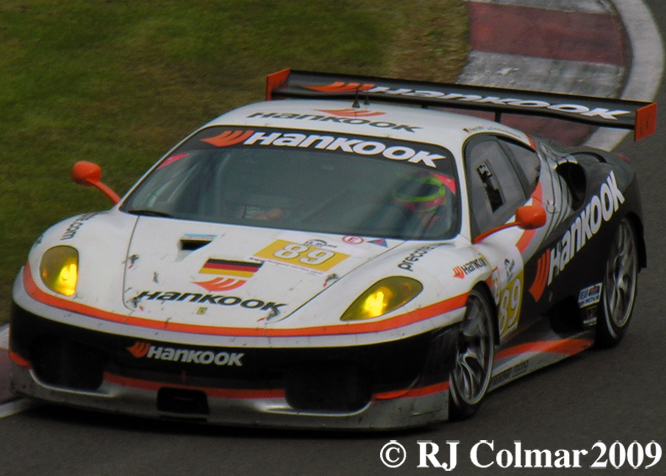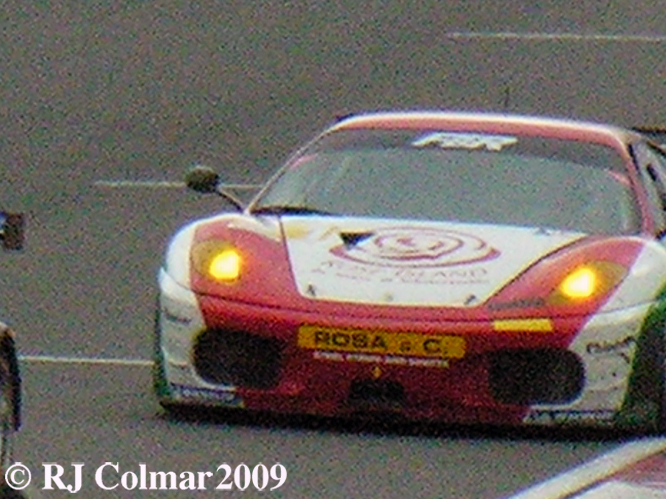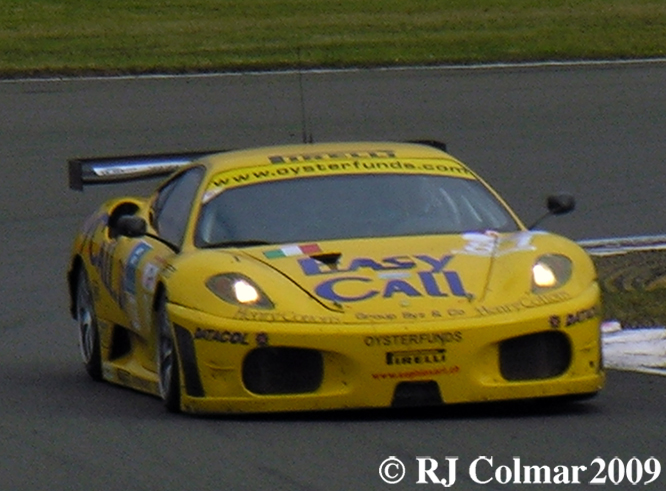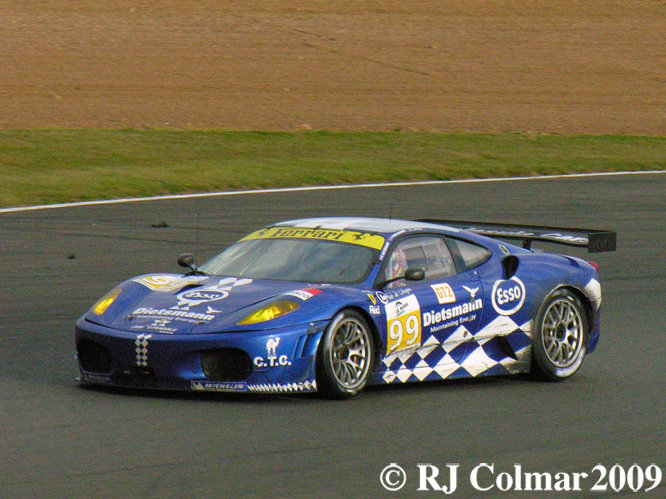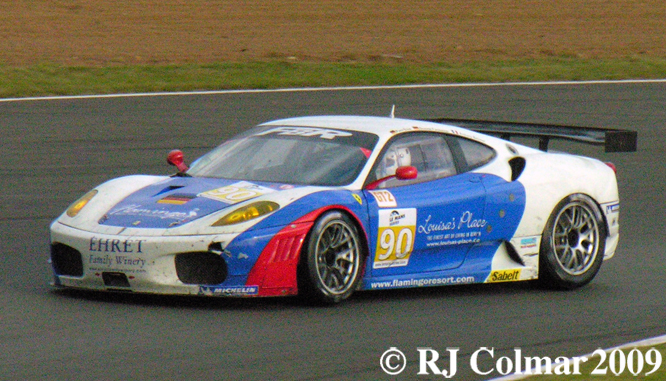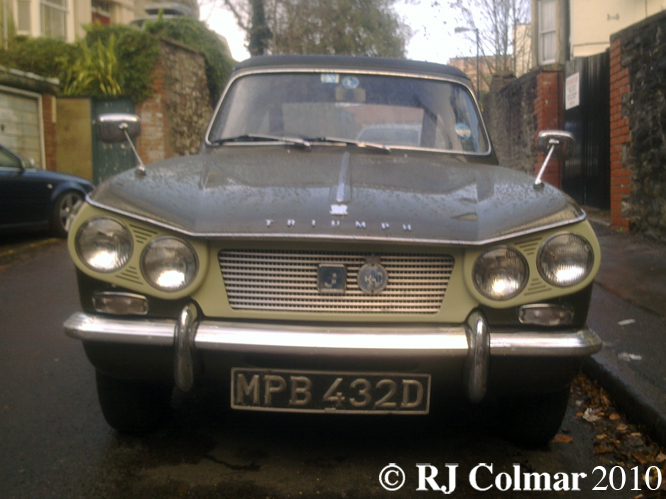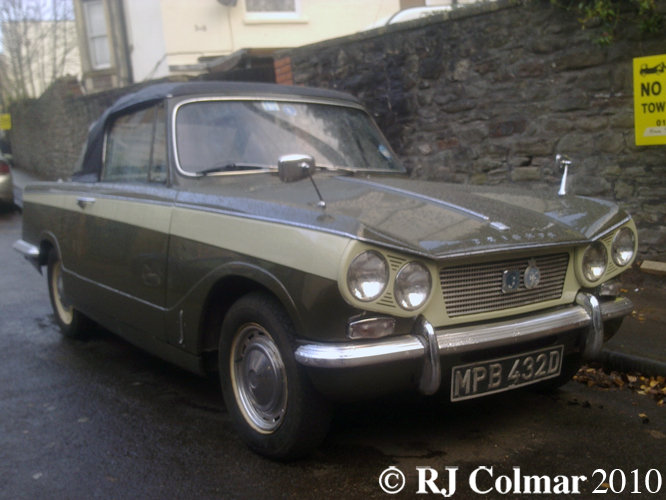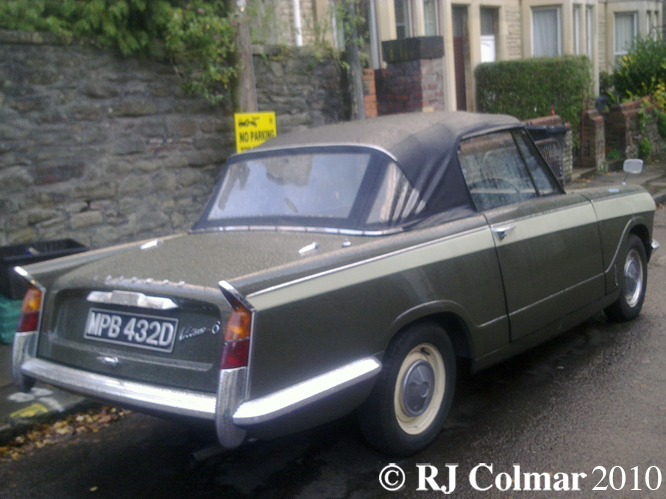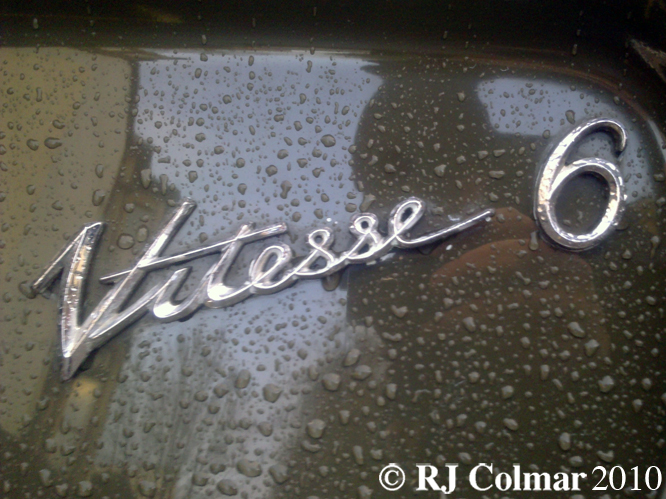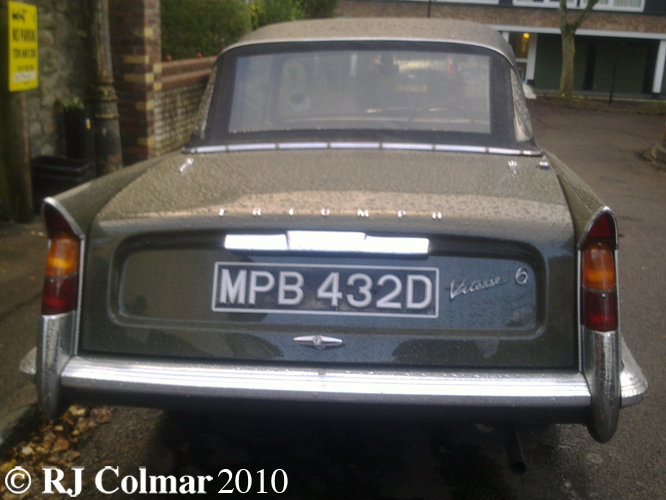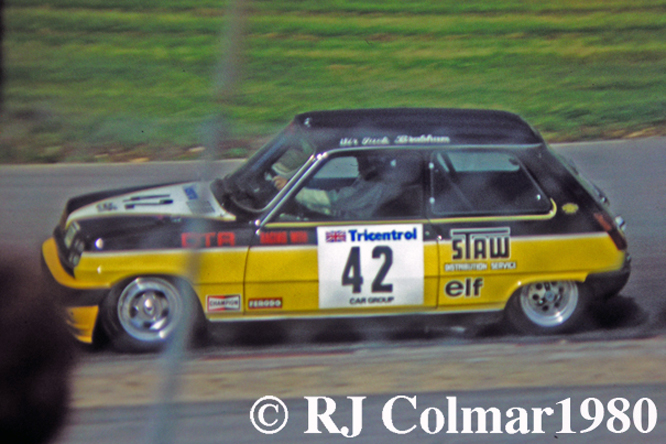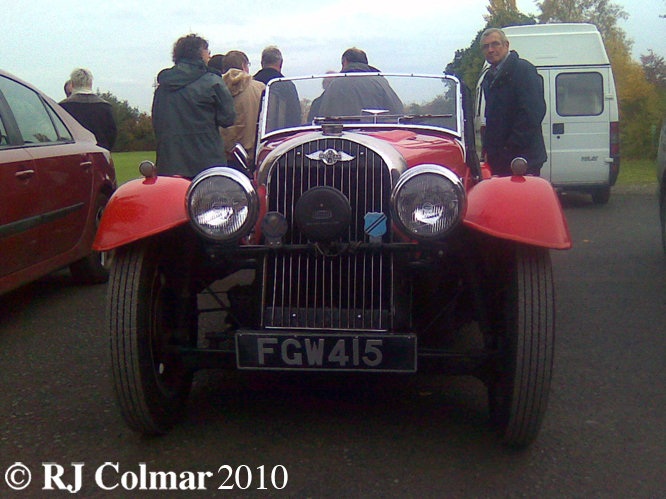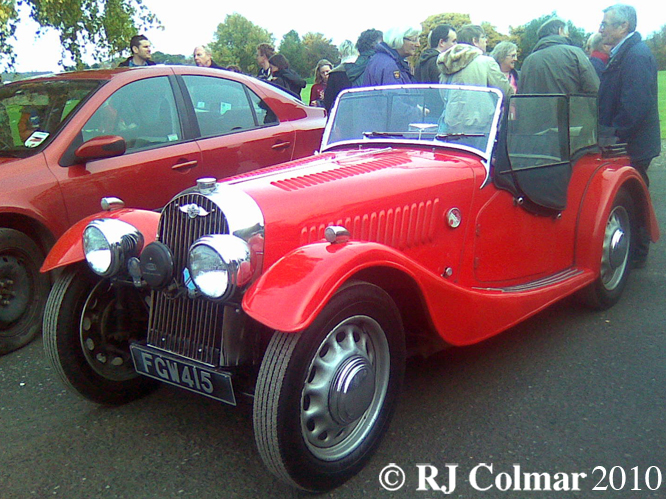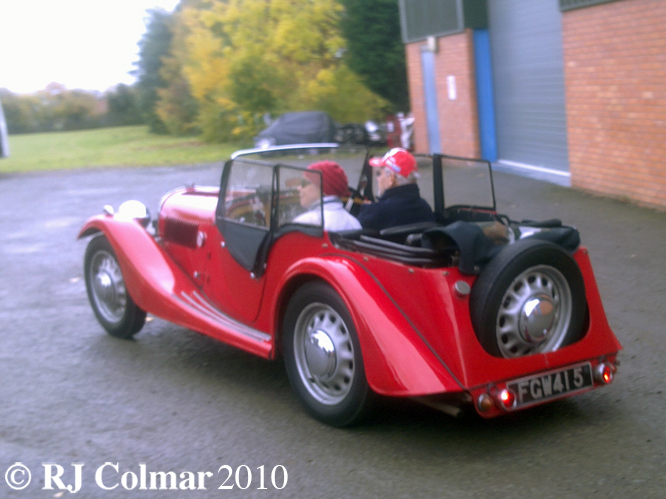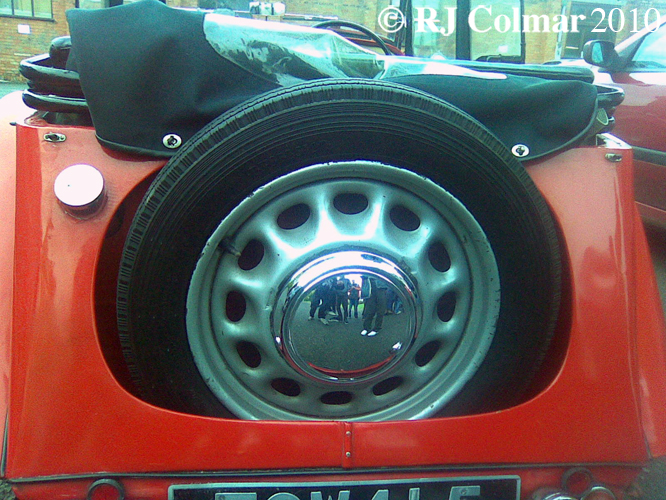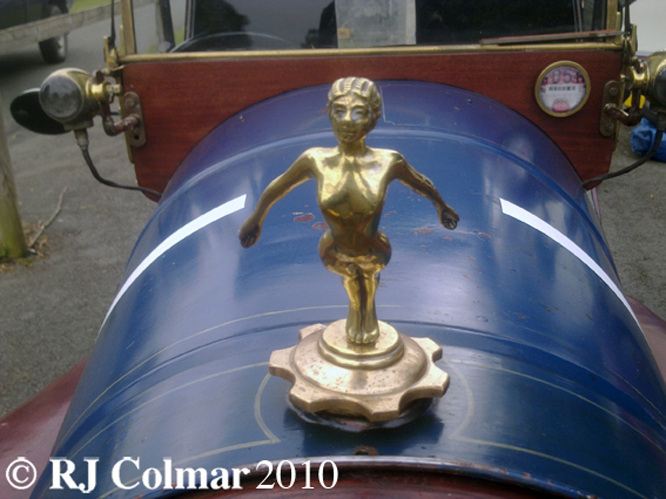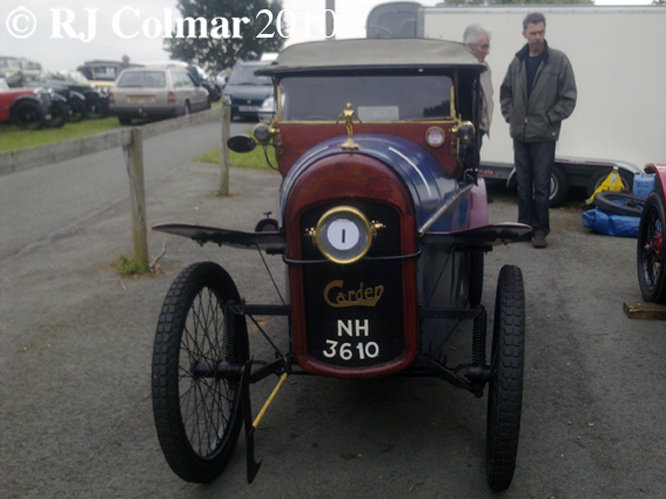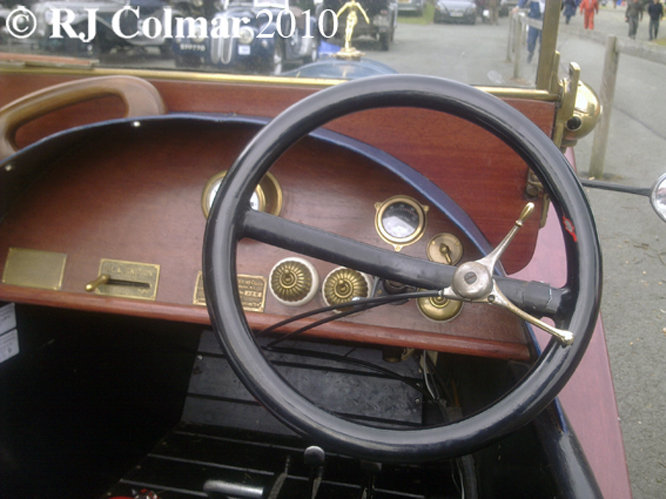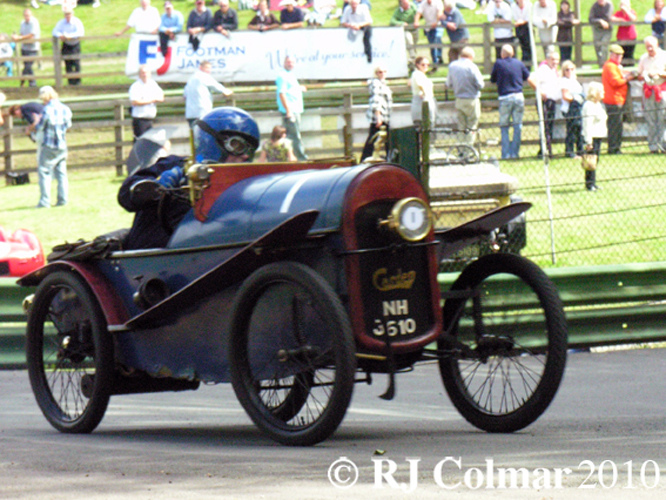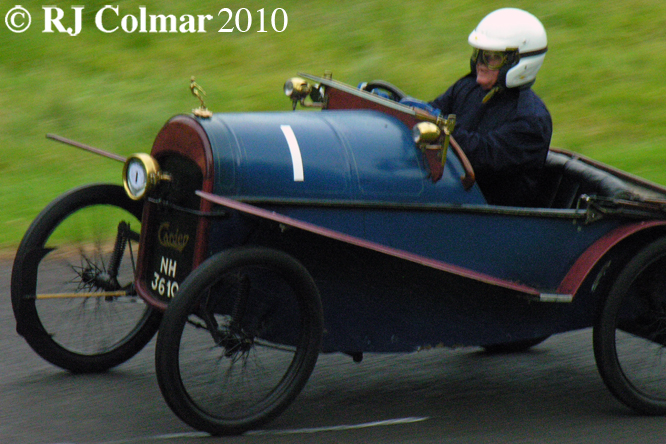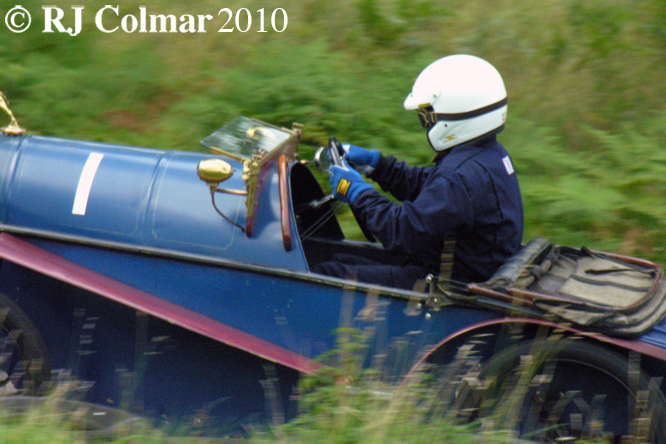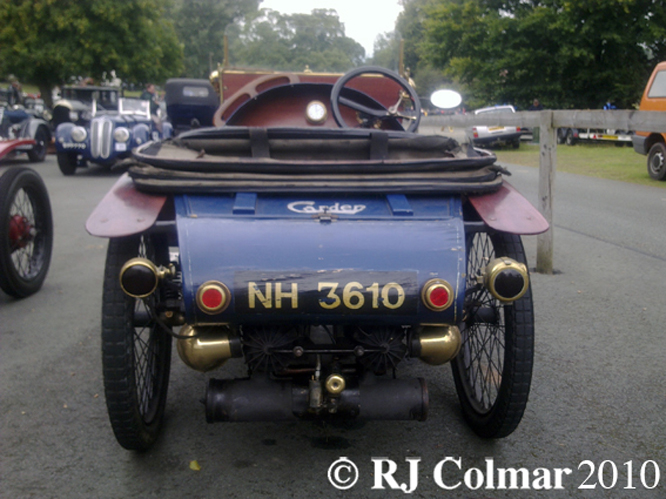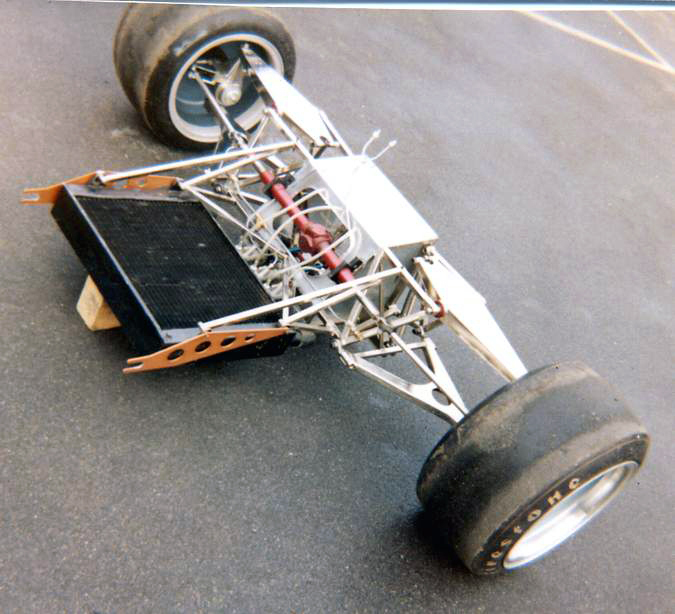
Imagine a recently graduated 24 year old industrial designer, who knows nothing about motor sport, but with a passing interest in large American chromed land yachts sitting in an office designing record players in East London, i pods if your not sure of what a record player is, and the phone rings. His friends are calling to see if he would like to join them on holiday with the intention of taking in the 1969 Italian Grand Prix.

When his boss tells our hero that it is not okay to take the time of work to go on holiday our hero offers his resignation, and joins his friends anyway.
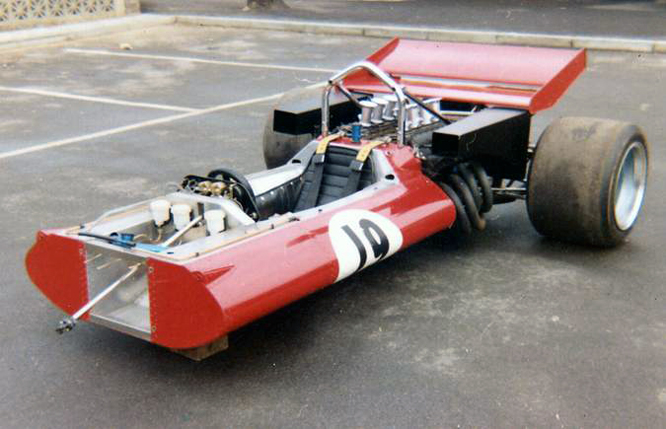
At the Italian GP our hero falls in love with the sound of V12 engines as they accelerate between the corners of the Monza track.
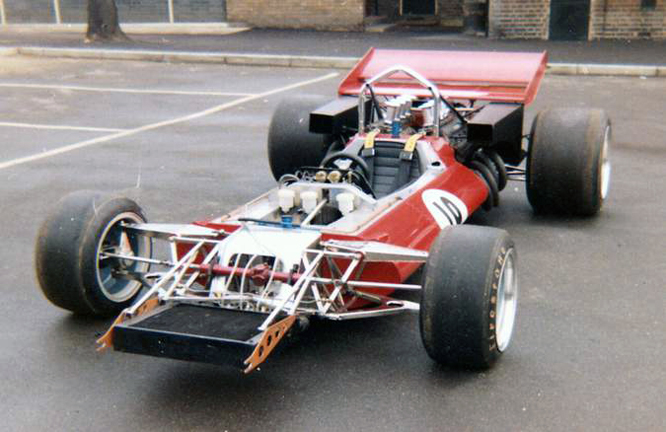
Upon returning to England he finds out about a vacancy in the drawing office of a newly established Grand Prix team owned by a former multiple World Motor Cycle champion and one time World Grand Prix champion.
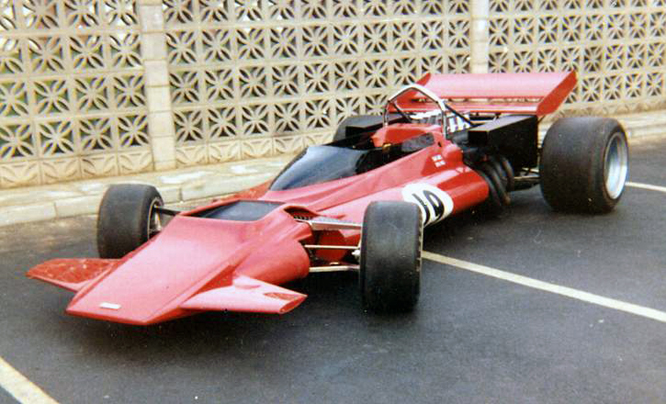
Our hero’s attitude ‘that there was no problem in this world that common sense and application with half an ounce of intelligence can not overcome’ wins him the job, starting out knowing absolutely zero about the design of racing cars within months he is working on the design of a Grand Prix car.
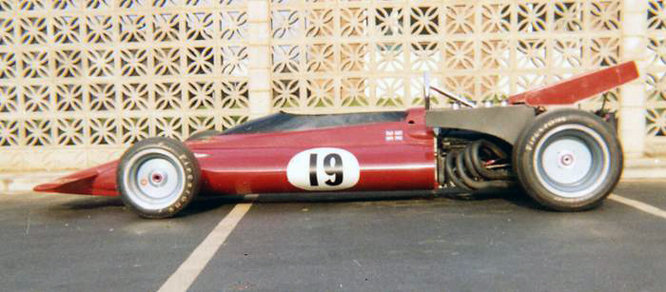
When our hero sees the red car his new design is going to replace wheeled out into the sunshine for the first time, in that very instant he decides he is going to build a Grand Prix vehicle of his very own.
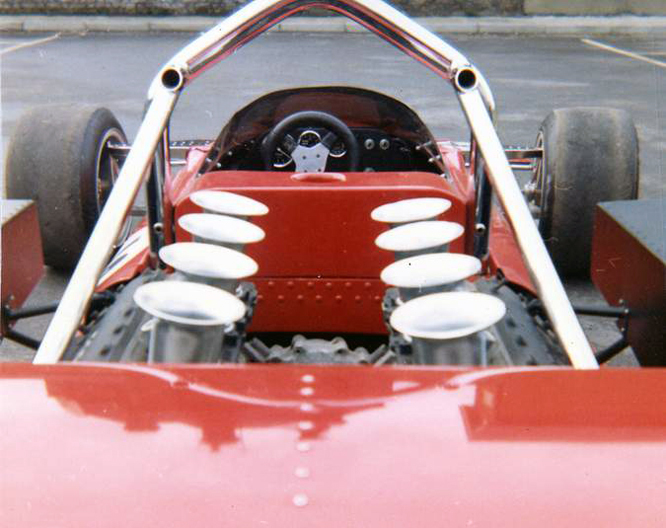
Our hero starts working from home, his parents home that is, on his own Grand Prix challenger, a friend tells our hero he may use a spare bedroom and lock up to start building his car, other friends chip in with time, suppliers ‘lend’ him various bits and pieces to be getting on with. As the design our hero is paid for near completion he then takes a job with an engineering company where he uses his and colleagues lunch hours to fabricate parts he cannot otherwise afford for his own Grand Prix challenger.
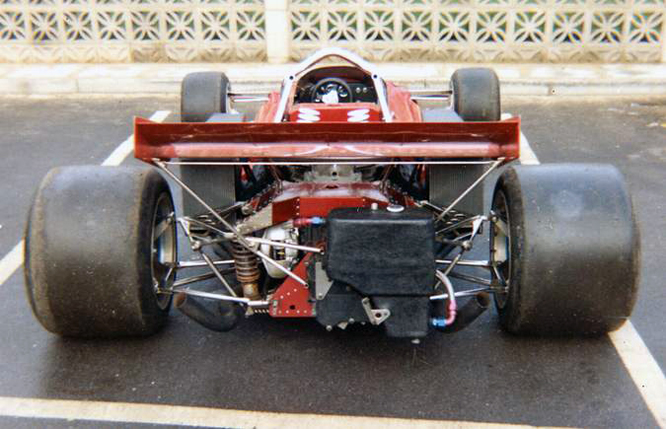
12 months after deciding to build his very own Grand Prix car our hero completes his chassis and he shows it to his cousin, a wood work teacher, who agrees to to join the team to make the bodywork using materials he has never used before.
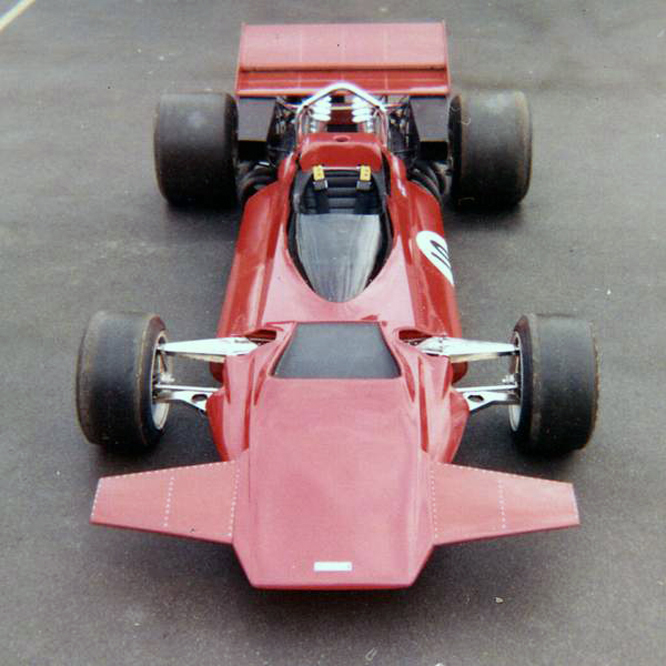
Using only our heros own wages, friends time, goodwill and what can be scrounged including a dummy engine, once used by Jochen Rindt to win the 1969 US Grand Prix, gearbox and wheels our heros team push their improbably completed Grand Prix car one Sunday night out of it’s lock up, down the London Rd in Chadwell Heath to the only place with enough light to take a photo of their pride and joy, the forecourt of their local petrol station.
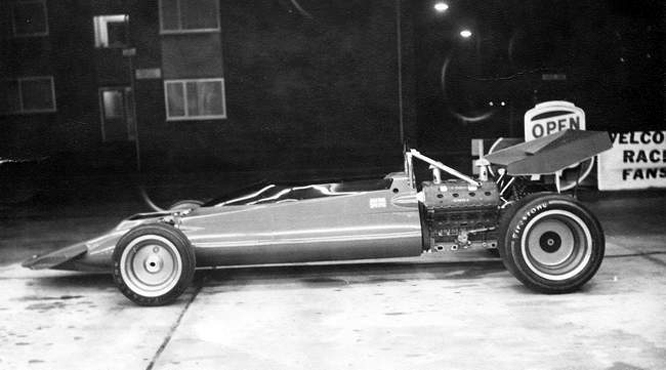
If this story sounds incredible then I’d like to welcome you to the incredible story of Peter Connew who in 36 months made the transition from record player designer to Formula One designer and constructor of the Connew PC1 02 Grand Prix car seen here in late 1971. To be continued….
With thanks to Peters cousin Barry Boor for the photographs if you’d like to read the whole story of how the Connew team came together over a period of two years and it’s trials and tribulations the year after please read Barry’s account of his part in this ‘Boys Own‘ adventure here.
Hope you enjoyed part one of my all time favourate Formula One story which will be continued at some future date, and that you’ll join me tomorrow for a look at some teutonic efficiency at ‘Gettin’ a lil’ psycho on tyres’. Don’t forget to come back now !



